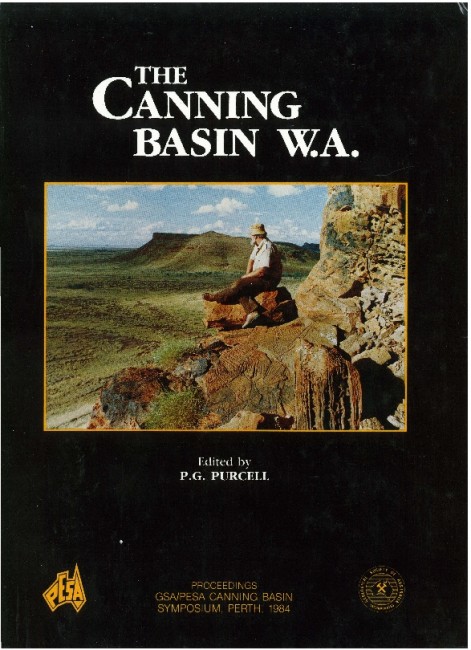Publication Name: The Canning Basin, W.A.
Authors: C.R. Ringrose
Date Published: December 1984
Number of Pages: 19
Reference Type: Book Section
Abstract:
The ore bodies at Narlarla are located within the marginal-slope facies of a Devonian reef complex. They are situated just below the modern erosion surface which is approximately coincident with the Late Carboniferouserosion surface.
The main ore body (No. 2) was originally an irregular, lensoidal breccia with elongation and lateral extensions parallel to, and controlled by, structures of the enclosing wallrock. Primary ore is mainly high-grade, composed of up to 80% botryoidal and skeletal, intergrown sphalerite (to 40%) and galena (to 30%) with only minor iron sulphides (to 10%). Textural interpretation indicates that sulphide was precipitated rapidly in open spaces with lesser amounts of ore formed laterally by replacement.
An aureole of green, friable host-rock consisting of chlorite, 'sanded' carbonate grains and detrital siliciclastics is associated with primary ore of the No. 2 deposit. Chloritisation is associated with the No. 1 deposit.
At both deposits significant secondary ore zones containing cerussite, smithsonite, hydrozincite etc. and modern gossanous zones also occur.
Warm, metal-bearing solutions, localised by minor faults and depositional structures, precipitated sulphide
where they intersected porous, fluid-saturated zones and generated penecontemporaneous alteration, brecciation and disruption of chloritised carbonate wallrock. Primary sulphides were later remobilised and metals redistributed by other fluids (?Late Carboniferous or younger, meteoric) and a secondary ore zone formed
in situ and in down-dip cavities.


